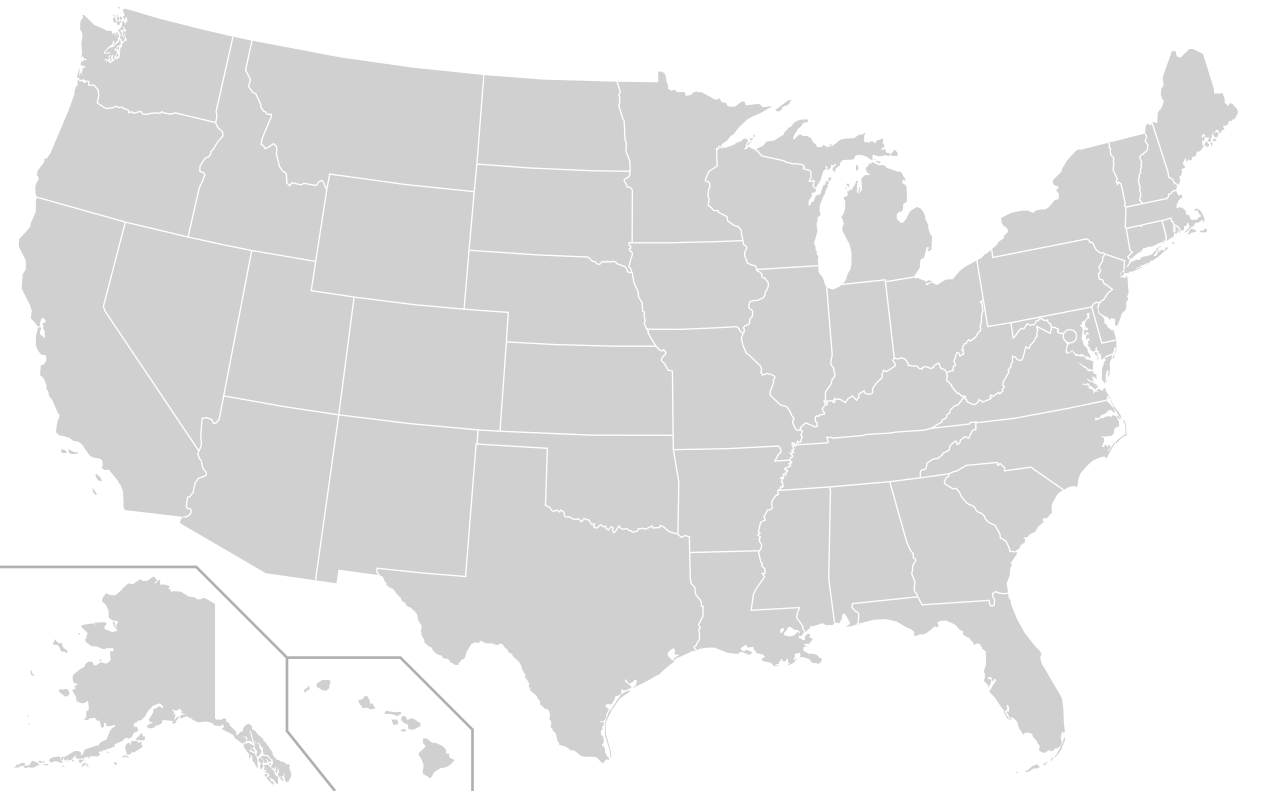When choosing a cutting process for your manufacturing project, the cheapest option upfront isn’t always the most cost-effective in the long run. Traditional methods like laser or plasma cutting often bring hidden expenses that quietly impact your budget and product quality. Waterjet cutting offers a smarter alternative that eliminates these costs while delivering superior precision and efficiency.
But what are these hidden costs, and how exactly does waterjet technology solve them?
The Real Cost of the Heat-Affected Zone
Laser and plasma cutting generate intense heat during the cutting process. This thermal energy doesn’t just cut; it also causes warping, micro-cracks, and material hardening around the cut edge, known as the heat-affected zone (HAZ).
The result? Parts that don’t meet specifications require costly rework, rejected components pile up, and production schedules get delayed. These aren’t minor inconveniences; they’re budget killers that add up quickly across large orders.
Waterjet cutting is a cold process, meaning zero heat is generated. Your materials stay dimensionally stable with no thermal distortion, eliminating HAZ-related costs entirely.
Secondary Finishing and Rework
Traditional cutting methods often leave rough, burred edges that require additional processing. Sanding, grinding, deburring, or machining becomes necessary before parts can be used or assembled.
This means extra labor hours, additional equipment costs, and extended lead times, eating into your profit margins and delaying delivery to your customers.
Waterjet cutting produces clean, smooth edges right from the machine. In most cases, parts are ready to use immediately with little to no secondary finishing required, saving you time and labor costs.
Limited Material Flexibility
Some cutting methods struggle with certain materials. Lasers can’t handle reflective metals effectively. Plasma has difficulty with non-conductive materials. Both struggle with composites, stone, glass, and layered materials.
When your cutting method can’t handle your material, you’re forced to outsource the work or switch materials entirely, leading to higher costs, wasted raw materials, and project delays.
Waterjet technology cuts virtually any material: metals, composites, glass, stone, ceramics, plastics, rubber, and more. This flexibility means you can choose the right material for your application without worrying about cutting limitations.
Material Waste and Inefficiency
Traditional cutting often has a wider kerf (the width of material removed during cutting) and less precise nesting capabilities. This results in more scrap material and inefficient use of expensive raw materials.
Over the course of multiple projects, this waste adds up significantly, especially when working with premium metals, stone, or specialty composites.
Waterjet systems use precision programming and narrow kerf widths to maximize material utilization. Advanced nesting software ensures every square inch of your material is used efficiently, reducing scrap and lowering raw material costs.
The Waterjet Advantage
Waterjet cutting eliminates these hidden costs by offering:
- Cold cutting with no heat distortion or HAZ
- Clean, burr-free edges that reduce or eliminate finishing work
- Universal material compatibility for nearly any substrate
- Precision programming that maximizes material utilization and minimizes waste
These benefits don’t just save money; they improve product quality, shorten lead times, and give you more flexibility in material selection and design.
Ready to Cut Costs While Improving Quality?
AP Precision Machine specializes in high-precision waterjet cutting for industries across the United States. If you want to reduce hidden costs, improve efficiency, and ensure top-quality results, our team is here to help.
Contact us today for a free quote and discover how waterjet technology can transform your manufacturing process.


